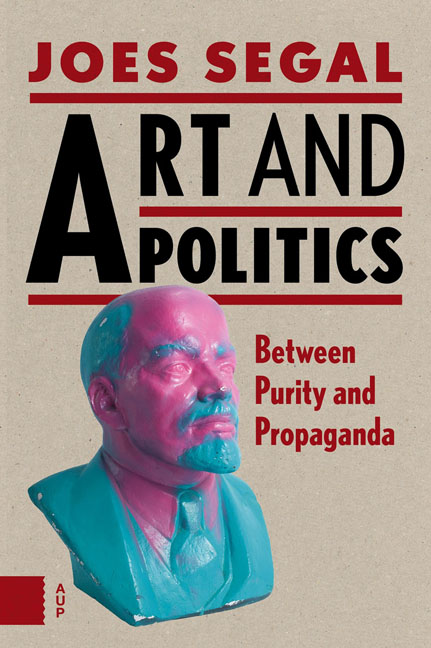Book contents
- Frontmatter
- Contents
- Introduction
- 1 Positive and Negative Integration: The First World War in France and Germany
- 2 Between Nationalism and Communism: Diego Rivera and Mexican Muralism
- 3 National and Degenerate Art: The Third Reich
- 4 Internal and External Enemies: The Cold War
- 5 From Maoism to Capitalist Communism: The People’s Republic of China
- 6 The In-Between Space: Kara Walker’s Shadow Murals
- 7 A Heavy Heritage: Monuments in the former Soviet Bloc
- Conclusion
- Notes
- Bibliography
- Index of names
1 - Positive and Negative Integration: The First World War in France and Germany
Published online by Cambridge University Press: 16 February 2021
- Frontmatter
- Contents
- Introduction
- 1 Positive and Negative Integration: The First World War in France and Germany
- 2 Between Nationalism and Communism: Diego Rivera and Mexican Muralism
- 3 National and Degenerate Art: The Third Reich
- 4 Internal and External Enemies: The Cold War
- 5 From Maoism to Capitalist Communism: The People’s Republic of China
- 6 The In-Between Space: Kara Walker’s Shadow Murals
- 7 A Heavy Heritage: Monuments in the former Soviet Bloc
- Conclusion
- Notes
- Bibliography
- Index of names
Summary
Exuberant crowds in the streets of London, Paris, Berlin and St. Petersburg define our image of the early days of World War I. Countless photos document the impassioned way Europe's urban populations greeted the war in those days. Not everyone was happy. Recent studies have shown that especially among workers and the agrarian population, anxiety and skepticism might have been predominant. These feelings were, however, largely absent among the urban middle classes and the political, intellectual and cultural elites. For many years, conservatives and die-hard nationalists had pressed for a ‘purifying war’ to enhance the nation's international power status, to release its vital energy and, last but not least, to exorcise the forces behind the alleged cultural crisis and decadence of fin-de-siècle Europe. But also liberals, social democrats, national minorities and even former pacifists expressed their full support for the national cause, albeit mostly in a somewhat less exalted fashion. They all recognized the moment of truth.
Visual artists did everything to carry the moment. Georges Braque, Fernand Léger, Max Beckmann, Paul Klee and Otto Dix served in the army, August Macke, Franz Marc and Albert Weisgerber died in battle, Oskar Kokoschka was severely wounded. Forty-seven-year-old Henri Matisse protested the fact that he was considered too old for active service; Pablo Picasso, who as a Spaniard living in Paris did not directly participate in the war, painted a still-life with a vase with two crossed French flags and the text ‘VIVE LA’. Raoul Dufy, Georges Rouault, Max Liebermann, Kasimir Malevich, Natalia Goncharova and many others produced propagandistic war art for the masses. And the list could almost infinitely be expanded. Remarkably, for many years art historians have more or less neglected this nationalist phase in the history of European modern art. Apparently it was considered painful that these artists had been swept away by political emotions that resulted in one of the most devastating wars of the twentieth century. Bellicose artworks, publications and personal notes were considered part of a brief episode of collective blindness, or were altogether ignored. However, the First World War is of central importance for a better understanding of the modern relation between art and politics. In this essay I focus on the public art debates in France and Germany.
- Type
- Chapter
- Information
- Art and PoliticsBetween Purity and Propaganda, pp. 17 - 30Publisher: Amsterdam University PressPrint publication year: 2016

